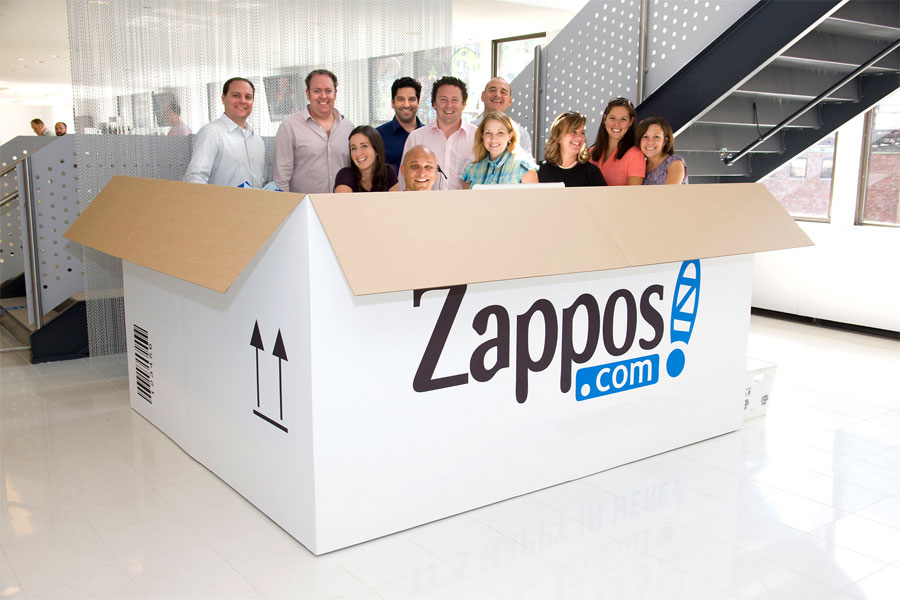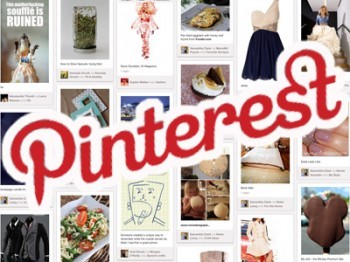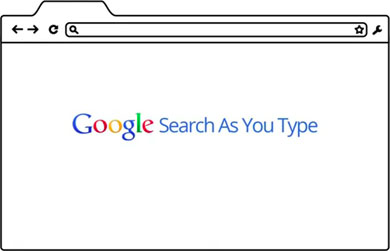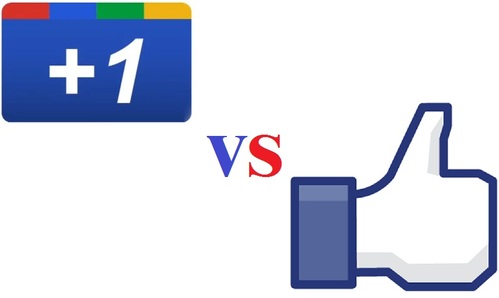Everyone in the industry wants to know the secret to making money online, and it seems that anyone is willing to sell the secret. However, then there is Trent Silver, who we were fortunate enough to interview in March about how he’s blown up the performance-marketing world with his businesses. We decided that since that was one of the most popular interviews we’ve ever done, that we need to sit down with him again and find how he’s making money and what he is working on now.
When we last talked to you, you had just finished making millions on your cash for gold businesses. You mentioned that one of the issues that you had was doing refund? What can you tell us about that, and how should a business prepare for refunds?
Refunds are a part of any business, especially those that are considered “high-risk.” My gold businesses spanned 2 1/2 years, 50,000+ leads and thousands of converted customers. I’ve issued 200+ refunds to date. The actual number of refunds isn’t what’s really important…it’s the number of refunds in comparison to the total amount of consumers that’s the important metric. A mass-market business such as payday loan, cash for gold, free trial nutraceutical (teeth whitener, skin care, colon cleanse, diet pill, etc) may generate hundreds or thousands of refunds, but in comparison to the thousands or millions of satisfied customers, it’s may be proportionally small. Either way, if you are in a business that makes money, be prepared for regulation. Refunds are a great way to keep customers from complaining to consumer bureaus, charging-back purchases and maintaining a steady brand that can last for years, rather than the typical 3-4 month lifespan of a typical short-sighted marketer’s offer. The most important thing is to offer great customer service…and by great, I mean organized – keep records of customers that are not satisfied – don’t make them chase after you or call multiple times. Don’t make it difficult for people to get a refund or cancel your product or service. If you can’t save the sale by offering some type of upsell, whether it be some “advanced” program or special bonus, issue the refund and save yourself future headaches.
You’ve taken all your businesses and are launching them under one company, what can you tell us about this?
Yes, I am launching a boutique advertising and performance marketing agency called Silver Visibility Marketing, or SilverVM. A full-service ad agency with three separate divisions: a Performance Marketing division called BlastOffers.com, an Interactive Services division for online lead generation, SEO, PPC, SEM, eMail, Display, Contextual, Social Media, Mobile, Lead/sales funnel development, Creative design and optimization, Reputation management, and a Traditional Services division for telemarketing, TV, Radio, Direct Mail, List Management, Data, Media buying and consulting. I already have a handful of Inc. 500 clients, and by bringing everything under one roof and going “corporate” I’ll be able to expand by targeting Fortune 500 companies in addition to Direct Response advertisers, smaller brands and under-the-radar marketers.
Your CPA Network will only feature unique offers and companies that you directly represent? What is the reasoning behind this? (talk about how brokering isn’t a model, no assurance of payment, etc)
Rather than be just another “CPA” or “affiliate” network competing on the smallest margins, or trying to win a popularity contest with hot affiliate managers (although we do have one hot female partner), our selling point to publishers is unique offers. While we have the same suite of direct offers that everyone else has, we look at is as secondary to our main businesses. We want affiliates to have everything under one roof, so if they want to promote one of our exclusive cash offers, they’ll also have the same direct credit report, for example, that they’ll find at another network to monetize as a cross-sell and increase their bottom-line. The reason for this is centered around my core business philosophy – which is owning something I can be proud of. If all I do is send traffic to other people’s re-brokered offers, what value or ownership do I have at the end of the day? I have none. Maybe I made a profit, but I have nothing of value, no exit strategy, I am not building towards anything. But if we own our own cash for gold, our own cash for electronics, our own payday loan/cash advance, our own auto insurance, our own offer of any kind, then we are building businesses within a business (the BlastOffers.com network)…and each one can be sold, acquired, merged or just have a great brand of its own. Not only that, when we are the network and the offer-owner, we control the back-end, which means higher payouts to publishers because we eliminate a middle-man, which means higher EPCs and more profit to affiliates.
You are launching your own consumer electronics website, what is making this vertical profitable for you?
That would be PhoneDaddy.com. My bread and butter is consumer cash offers – getting consumers the cash they need as fast as they need it. Whether it’s mail-in secondhand goods (cash for gold, cash for electronics), payday loans/cash advances, auto title loans or Internet rebates…I find a way to get a consumer the cash they need and take a margin. If i have to break even on the front-end after paying my operating and lead costs, then I’m fine with that. Because I know the same consumer I break even by generating a payday loan application, is the same consumer that’s going to sell their electronics to me and take out an auto title loan down the road. I look at the lifetime value and monetize the data with as many complementary services as I can. And when possible, I own these services myself.
How will affiliates be able to make more money on this vertical from you?
Instead of selling a cash for electronics lead to a buyer for $10, and paying an affiliate $8, I buy the stuff myself and sell it directly to wholesalers in Africa and China. The rest we put back into the retail market. By making all the profit on the backend, instead of just being a middle man, I’m able to offer affiliates payouts that are literally two or three times the street payout of another network.
You are pushing verticals and monetization of consumers beyond an initial lead or sale. Why are you doing this and what is the value to affiliates if they push your offers?
Affiliates that run payday loan traffic to our lender applications get the benefit of not only a high payout for sold payday leads, but we also “pass-back” the revenue they generate on rejected leads that are monetized at the point-of-rejection, and also residual revenue from cash for gold, cash for electronics, auto title loans and complementary offers that we own. We keep a running relationship with our affiliates and look at every affiliate, no matter how big or small, as a full partner. We know that by teaching our affiliates how to promote an offer, monetize it and understand the business, that they will be loyal to us and will generate the revenues they need to grow their business and continue to work with us. We grow together.
Since we last talked, Real-Estate Mogul, Kenny Rushing has hired you company to run its marketing. What are you going to do with this in combination with your business?
Kenny is one of the most famous real estate gurus in North America. He’s been a keynote speaker at Harvard, he’s been on just about every major news channel and he is one of the most well-respected African American businessmen in the country. He’s added a new division to his $100 million real estate business; a division for education. Interested customers are generated with a similar model to other education programs, with a front-end funnel that we can afford to, once again, pay twice the street payout of typical “bizopps” because there’s no middle man. SilverVM and BlastOffers.com is the exclusive marketing arm of the Kenny Rushing School of Real Estate Investing and there are no leads being sold to “Utah.” Cutting out the middle man and putting more cash into affiliate’s pockets. Not only that, Kenny has dozens of real video testimonials of people that have actually used his real estate strategies to make tens of thousands, and several million dollar success stories. This is an education organization I can honestly say I’m proud to be a part of.
You are also working with other networks to make their own white labeled offers.
What are the benefits for networks to work with you, and why should they consider making a white-labeled offer? Most networks don’t want to spend the time or commit the resources to making a white-label before they see volume and quality leads (high backend conversions). We like to show our advertisers a taste of our traffic, then request exclusive white-labels that we generally design per our direct response/lead gen style which is based on consumer psychology; color combinations, strategic placement of lead forms, calls to action, etc. We won’t bring our largest publishers and traffic partners onto an offer unless it is a “limited release” version just for our network, exclusive, AOR or a white-label.





















